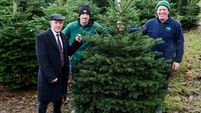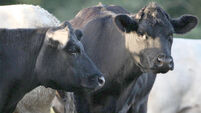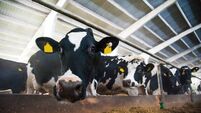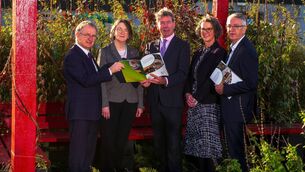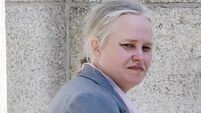Veterinary advice: Downer cow needs top class nursing for best recovery chance
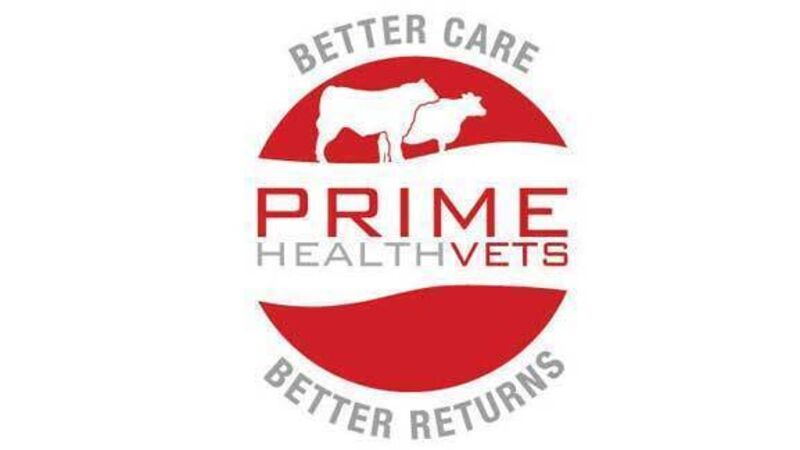
Phil was over in Ireland for the World Buiatrics Congress in Dublin, and our connections ensured that he came down to us for a night to impart his knowledge.
Phil has spent years, with the help of Dairy Australia, carrying out research in the area of the Downer Cow.

